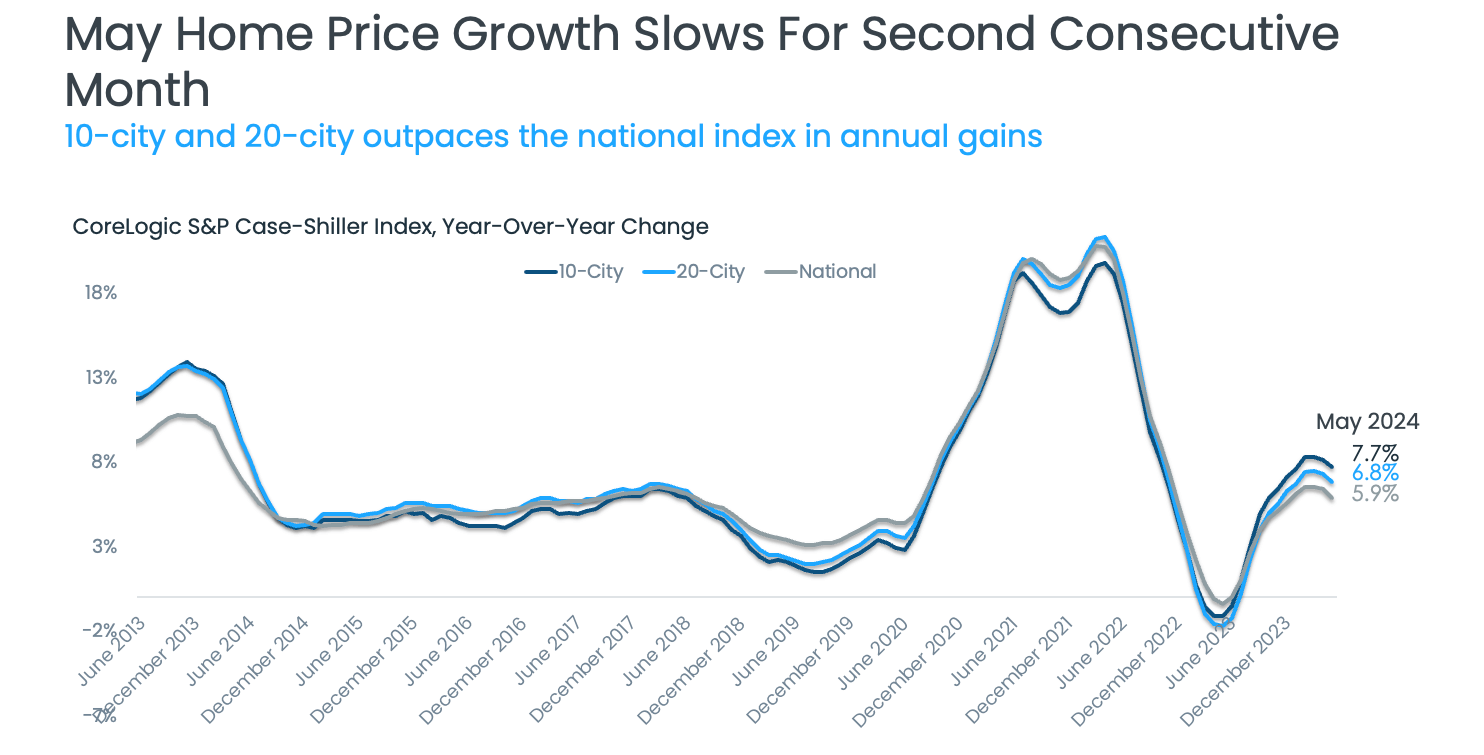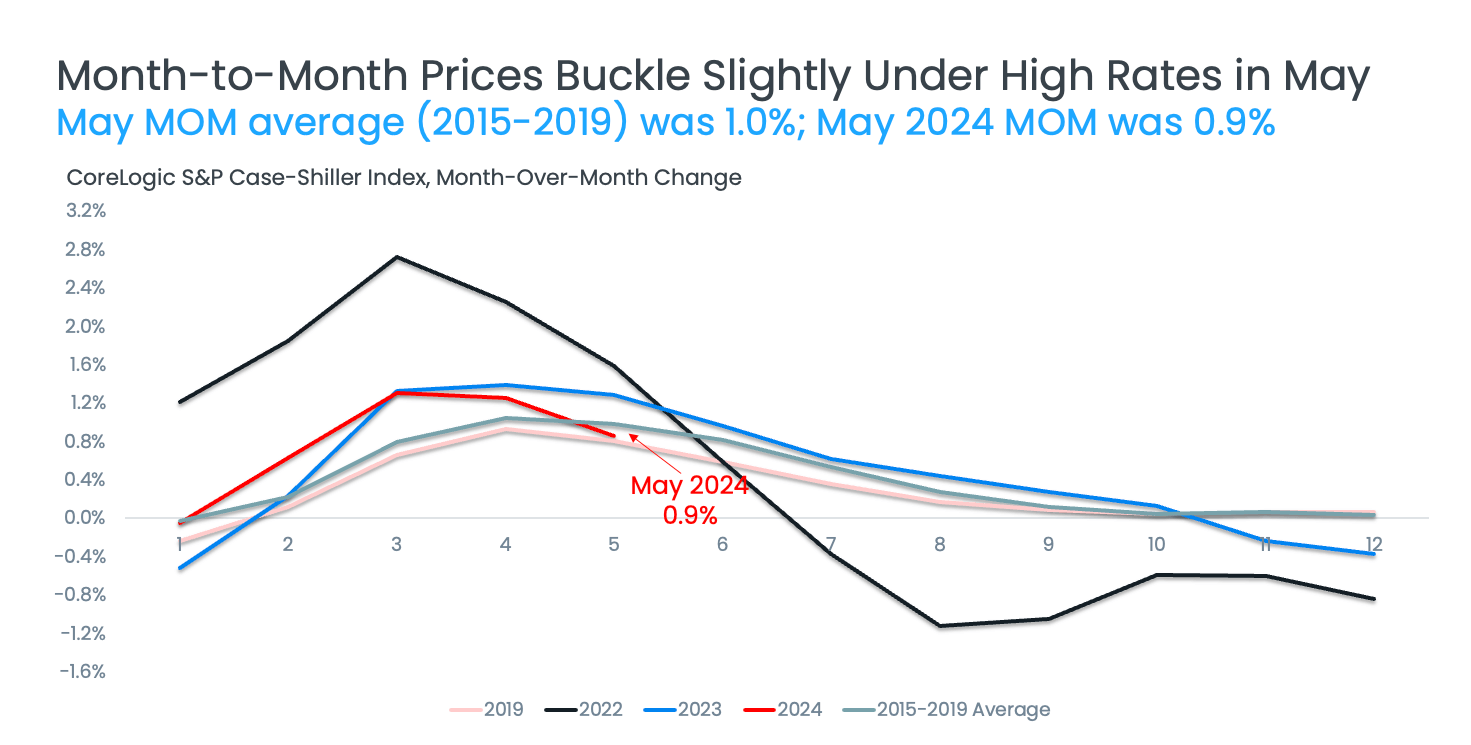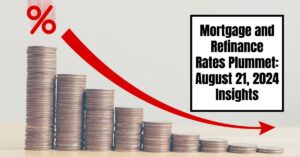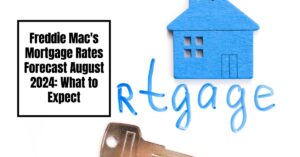Buying your first home is an exciting milestone, but it can also be financially challenging. Fortunately, there are Massachusetts first-time home buyer grants available to help ease the financial burden. These grants provide eligible buyers with funds that can be used for a down payment, closing costs, or other home-buying expenses. Unlike loans, grants do not need to be repaid, making them an invaluable resource for those entering the housing market for the first time.
In this comprehensive guide, we'll explore everything you need to know about first-time home buyer grants in Massachusetts. We'll cover the types of grants available, eligibility requirements, how to apply, and tips for maximizing your chances of receiving a grant.
What Are First-Time Home Buyer Grants?
First-time home buyer grants are financial awards provided by federal, state, or local governments, as well as non-profit organizations, to help eligible individuals purchase their first home. These grants are typically used to cover part of the down payment, closing costs, or to reduce the overall mortgage amount. Unlike loans, grants do not need to be repaid, making them an excellent option for buyers who need financial assistance to get into their first home.
In Massachusetts, there are several grant programs designed specifically for first-time buyers. These programs are often targeted at low- to moderate-income individuals and families who might otherwise struggle to save enough money for a down payment or qualify for a mortgage.
Types of First-Time Home Buyer Grants in Massachusetts
Massachusetts offers a variety of grant programs for first-time home buyers. Here are some of the most popular options:
1. MassHousing Down Payment Assistance Program
The MassHousing Down Payment Assistance Program is one of the most well-known programs in Massachusetts. It provides eligible first-time home buyers with up to $50,000 in down payment assistance. This program is designed to help buyers who may not have enough savings to cover a traditional down payment.
Key Features:
- Assistance Amount: Up to $50,000
- Income Limits: Varies by location and household size
- Eligibility: Must be a first-time home buyer, meet income limits, and complete a homebuyer education course
- Repayment: Assistance is a loan that is forgiven after 15 years if the buyer remains in the home
2. ONE Mortgage Program
The ONE Mortgage Program is a collaboration between the Massachusetts Housing Partnership (MHP) and participating lenders. It offers low-interest loans and down payment assistance to first-time buyers. The program is particularly attractive because it requires no private mortgage insurance (PMI), reducing monthly payments.
Key Features:
- Down Payment Requirement: As low as 3%
- No PMI: Saves on monthly mortgage costs
- Income Limits: Must meet specific income guidelines
- Eligibility: First-time buyers who complete a homebuyer education course
3. Federal Home Loan Bank of Boston Equity Builder Program
The Equity Builder Program provides grants of up to $29,000 to low- and moderate-income households purchasing their first home. These funds can be used for down payments, closing costs, or rehabilitation costs.
Key Features:
- Grant Amount: Up to $29,000
- Eligibility: Income limits based on location and household size
- Use of Funds: Down payment, closing costs, or rehabilitation
4. City-Specific Grant Programs
Several cities in Massachusetts offer their own first-time home buyer grants. For example, the Boston Home Center provides down payment assistance and closing cost help to eligible buyers purchasing in Boston. Similarly, the city of Cambridge offers grants through its Homebuyer Assistance Program.
Key Features:
- Varies by City: Grant amounts and eligibility requirements differ based on the city
- Targeted Areas: Programs often focus on revitalizing specific neighborhoods
- Eligibility: Typically based on income, residency, and homebuyer education requirements
5. Non-Profit and Employer-Based Programs
In addition to government-sponsored grants, non-profit organizations and employers in Massachusetts may offer grant programs. For example, Habitat for Humanity offers down payment assistance to low-income families, while some employers provide housing benefits as part of their employee assistance programs.
Key Features:
- Varies by Organization: Grant amounts and eligibility vary widely
- Employer Benefits: Some companies offer down payment assistance as part of their benefits package
- Non-Profit Grants: Often targeted at low-income or special needs buyers
Eligibility Requirements for Massachusetts First-Time Home Buyer Grants
To qualify for Massachusetts first-time home buyer grants, you typically need to meet several eligibility criteria. These criteria can vary by program but often include the following:
1. First-Time Home Buyer Status
- Definition: A first-time home buyer is typically defined as someone who has not owned a home in the past three years.
- Exceptions: Some programs may allow previous homeowners to qualify if they are purchasing in a targeted area or meet other specific criteria.
2. Income Limits
- Income Limits: Most programs have income limits based on household size and location. These limits ensure that the grants are targeted at low- to moderate-income buyers.
- Area Median Income (AMI): Income limits are often expressed as a percentage of the Area Median Income (AMI). For example, a program might be limited to buyers earning less than 80% of the AMI.
3. Homebuyer Education
- Education Requirement: Many grant programs require buyers to complete a homebuyer education course. These courses cover the basics of the home-buying process, budgeting, and home maintenance.
- Approved Providers: The education must typically be completed through an approved provider, either online or in person.
4. Property Location and Type
- Location: Some grants are restricted to specific cities, counties, or neighborhoods.
- Property Type: Eligible properties may include single-family homes, condos, and multi-family properties. However, the property must typically be the buyer's primary residence.
5. Creditworthiness
- Credit Score: While grants do not need to be repaid, you may still need to meet certain credit score requirements to qualify for a mortgage.
- Debt-to-Income Ratio (DTI): Lenders and grant programs may also consider your debt-to-income ratio when determining eligibility.
How to Apply for First-Time Home Buyer Grants in Massachusetts
Applying for a first-time home buyer grant in Massachusetts involves several steps. Here’s a detailed guide to help you through the process:
1. Research and Identify Eligible Programs
- Start with State Resources: Begin by researching available programs through state resources such as MassHousing or the Massachusetts Housing Partnership (MHP).
- Check Local Programs: Don’t forget to explore city-specific programs that may offer additional assistance.
2. Complete a Homebuyer Education Course
- Enroll Early: Since many programs require a homebuyer education certificate, it’s a good idea to complete this course early in the process.
- Approved Courses: Ensure that you take the course from an approved provider to meet the requirements of the grant programs you’re interested in.
3. Gather Required Documentation
- Income Verification: Be prepared to provide proof of income, such as pay stubs, tax returns, and bank statements.
- Credit Report: Obtain a copy of your credit report to check for errors and ensure your score meets the program’s requirements.
- Personal Identification: You’ll need to provide government-issued identification, such as a driver’s license or passport.
4. Submit Your Application
- Follow Instructions Carefully: Each grant program will have its own application process. Follow the instructions carefully and ensure that all required documentation is submitted.
- Work with Approved Lenders: Some programs require you to work with an approved lender, so make sure you choose one that participates in the grant program.
5. Await Approval and Funding
- Processing Time: Grant applications can take several weeks to process. Be patient and prepared to provide additional documentation if requested.
- Grant Disbursement: Once approved, the grant funds will typically be disbursed at the time of closing on your new home.
Tips for Maximizing Your Chances of Receiving a Grant
Receiving a first-time home buyer grant in Massachusetts can be competitive, so it’s important to take steps to improve your chances:
- Start Early: Begin researching and applying for grants as soon as you decide to buy a home. This will give you more time to meet eligibility requirements and gather documentation.
- Complete All Requirements: Ensure that you meet all the eligibility criteria and complete any required steps, such as homebuyer education, before submitting your application.
- Improve Your Credit Score: If your credit score is low, take steps to improve it before applying. Paying down debt and correcting errors on your credit report can make a big difference.
- Save for Additional Costs: While grants can cover many expenses, you may still need to pay for closing costs, moving expenses, or unexpected repairs. Having extra savings on hand will make the process smoother.
- Consult a Housing Counselor: Working with a HUD-approved housing counselor can provide valuable guidance and help you navigate the grant application process.
The Impact of First-Time Home Buyer Grants on the Massachusetts Housing Market
Massachusetts first-time home buyer grants play a significant role in making homeownership more accessible to low- and moderate-income families. By reducing the financial barriers to purchasing a home, these grants help stabilize communities, promote economic growth, and provide families with a sense of security and stability.
Increasing Homeownership Rates
Grant programs have been shown to increase homeownership rates among low- to moderate-income households. This is particularly important in high-cost areas like Boston, where housing affordability is a major concern.
Revitalizing Communities
Many grant programs are targeted at revitalizing specific neighborhoods. By helping new buyers purchase homes in these areas, grants can contribute to neighborhood improvement and economic development.
Reducing Disparities in Homeownership
First-time home buyer grants can also help reduce disparities in homeownership rates among different racial and ethnic groups. By providing financial assistance to those who might otherwise be unable to buy a home, these programs promote equity and inclusion in the housing market.
Final Thoughts: Is a Massachusetts First-Time Home Buyer Grant Right for You?
If you’re considering buying your first home in Massachusetts, exploring first-time home buyer grants should be a top priority. These grants offer invaluable financial assistance, making it possible to achieve the dream of homeownership even if you face financial challenges.
Before applying, take the time to research available programs, understand the eligibility requirements, and complete any necessary steps, such as homebuyer education. By being proactive and thorough in your approach, you can maximize your chances of receiving a grant and successfully purchasing your first home in Massachusetts.
Read More:
- Guide to Average Down Payment on a House in Massachusetts
- Massachusetts Housing Market Trends and Forecast for 2024
- What Will the Average House Price Be in 2040: Predictions
- Average Home Value Increase Per Year, 5 Years, 10 Years
- Average Home Appreciation Over 30 Years: How to Calculate?
- Average Housing Prices by Year in the United States
- Housing Market Predictions for Next 5 Years (2024-2028)
- Housing Market Predictions for the Next 2 Years
- Real Estate Forecast Next 5 Years: Top 5 Future Predictions




![This Texas Housing Market is the Best in the U.S. [2024 Rankings]](https://www.noradarealestate.com/wp-content/uploads/2024/08/this-texas-real-estate-market-is-the-best-in-the-us-300x157.jpeg)








